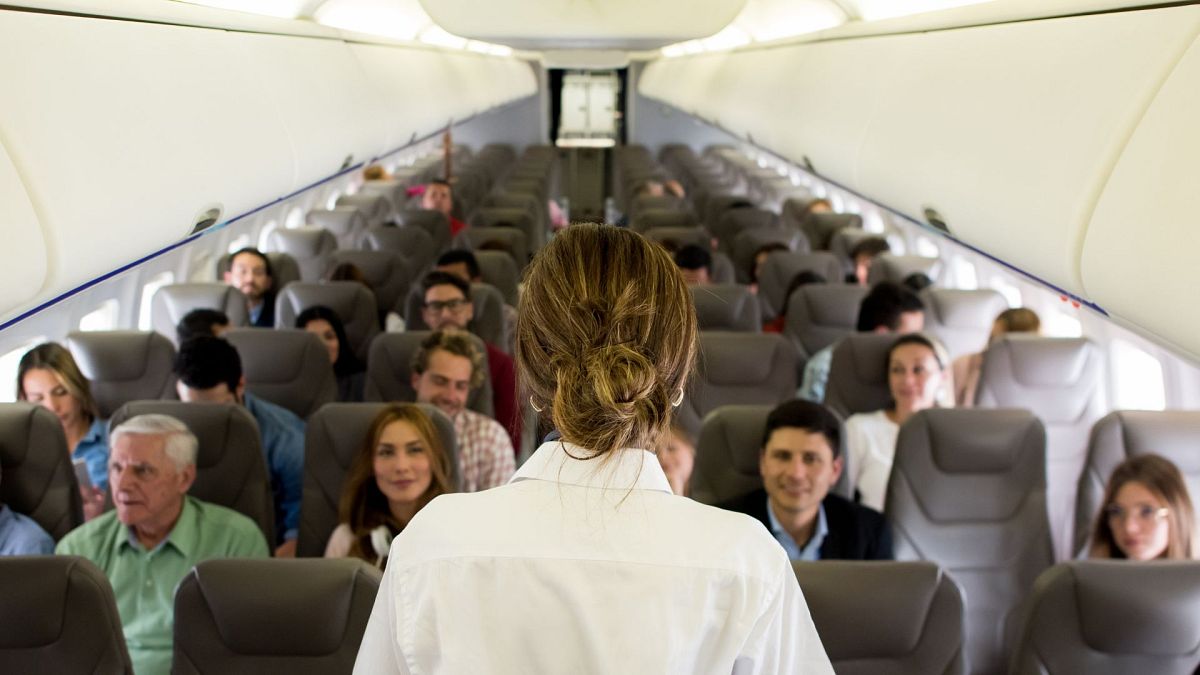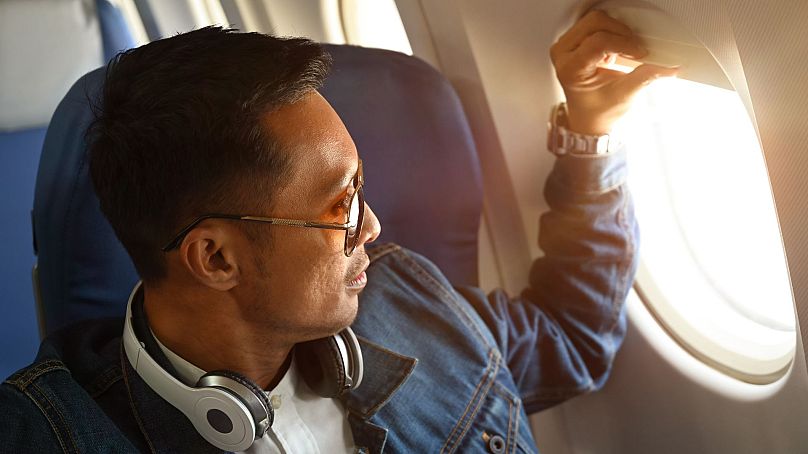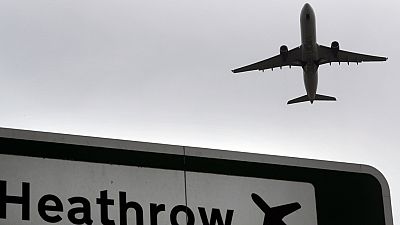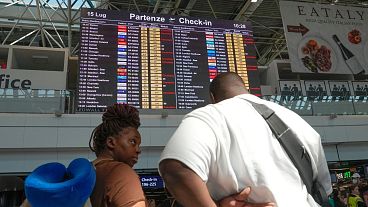Do you really have to turn ‘flight mode’ on before takeoff? We asked the experts.
From celebrity appearances to all-out flash mobs, airlines go to creative lengths to ensure passengers listen to pre-flight safety briefings.
Still, many of us zone out as soon as we board the plane - and some simply ignore the rules.
To remind you of why airline safety guidelines are important, we spoke to airline crew and safety experts to find out some of the reasons behind them.
Why do you have to have your seat upright for takeoff and landing?
There’s nothing worse than taking your seat on a flight only for the person in front to immediately recline theirs.
Not only is this bad form - it can be dangerous. Airline staff ask passengers to keep their seats upright for takeoff and landing, as these are the times you’re most likely to experience an emergency with little time to prepare.
In case of an emergency landing or evacuation, having your seat upright helps the people behind you get out of their seats fast.
Similarly, ensuring your tray table is stowed away helps keep the path clear for yourself and the other passengers in your row. This is also why you’re required to put your belongings under the seat in front of you.
Why do you have to open the window blind for takeoff and landing?
The reasons for keeping your window blind open for takeoff and landing are less obvious but no less important.
These phases of the flight are the most hazardous, and open shades enable flight attendants and passengers to spot any problems - such as an engine fire - straight away, so they can alert the flight deck.
In the event of an emergency evacuation, it also allows the crew to see whether it's safe to use the exit, and lets employees outside assess the situation inside the cabin.
On top of this, it enables your eyes to adjust to the outside light, so you are able to see better during an evacuation.
Why are the lights dimmed before takeoff and landing?
In the event of an emergency landing, the plane could be plunged into darkness.
“The lights are dimmed to aid night vision in case of evacuation,” safety and emergency procedures trainer and purser Jodie Jarvis, tells Euronews Travel.
Acclimatising crew and passengers to low light ensures that they will be able to see more clearly and evacuate the aircraft quickly.
When is it necessary to use the ‘brace’ position?
Some in-flight safety demonstrations show the ‘brace’ position, which should be adopted if instructed by the crew. Most commonly, this entails bending forward with your feet firmly on the floor, your head as close as possible to the surface it’s likely to hit - usually the seat in front - and your hands on either side of your head.
“The brace position is used during an emergency landing, mainly to prevent inertial injuries,” which result from rapid acceleration or deceleration of the brain, explains Jodie.
It isn’t usually necessary to brace during turbulence unless it’s very severe.
“You’d know you should brace because the cabin crew will begin shouting ‘brace’ or you will instinctively begin feeling the need to protect your head and lean forwards,” says Jodie.
During turbulence, you should fasten your seatbelt. It is not necessary to put your seat upright or put your tray table away as an evacuation isn’t expected, but you may need to secure any liquids that could spill or items that could fall.
Why do you have to put your phone on flight mode?
Before 2013, devices like mobile phones had to be switched off completely for takeoff and landing.
The requirement was then loosened to allow phones on flight mode. This rule was originally introduced because it was possible that phone signals could interfere with flight deck radio signals and interior communication with air traffic control.
Rigorous testing has been carried out, and flight systems have been designed to overcome this threat. Since airlines operate with an abundance of caution though, the requirement is still in place.
It is possible that new, untested technology could still have an effect, so passengers are still advised to follow the ‘flight mode’ rule for safety reasons.
Why shouldn’t you grab your bag in an emergency evacuation?
Apart from the obvious need to evacuate as quickly as possible - within 90 seconds, to be exact - there are other reasons you shouldn’t grab your bag or other belongings during an emergency on the plane.
“During an evacuation your handbag might take up space another person could use and it could get tangled, trip someone, hit someone and puncture or damage the slide in some way,” says Jodie.
Passengers wearing high heels are also asked to remove them in an emergency evacuation due to the risk of them puncturing the slide. It is not advisable to wear flip flops on a flight, either, as they are not the most sturdy shoes for an evacuation.




